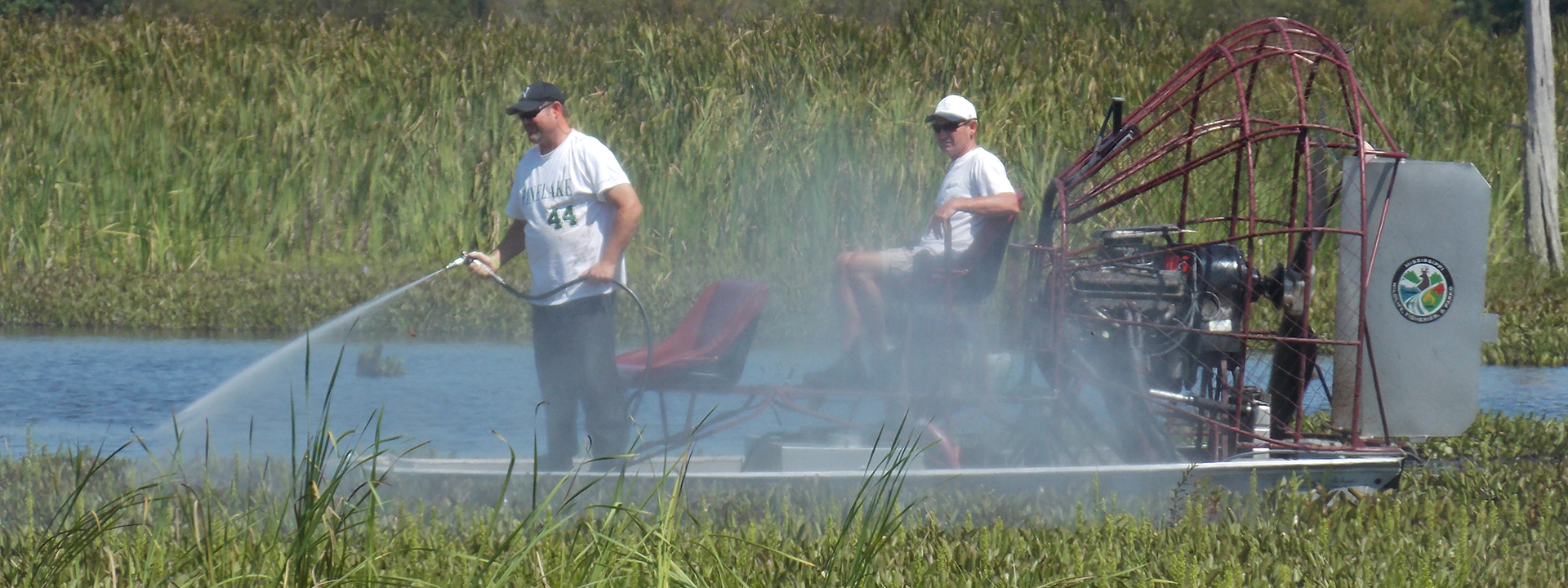

As natural environment stewards, anglers must take proactive steps to prevent the spread of invasive species that can harm local ecosystems. Here are some vital practices for exotic prevention that every outdoor enthusiast should follow:
• Never release any plants, fish, or animals into a body of water unless they came out of that body of water. It is illegal to do so and could result in fines of several thousand dollars, jail time, and loss of hunting and fishing privileges for a year. Dispose of unwanted bait, other animals, and aquatic plants properly.
• Before leaving a body of water, inspect and remove any visible mud, plants, fish, or animals from all equipment before transporting.
• Before leaving a body of water, drain your live wells and all other contaminated containers.
• Clean and dry anything that comes into contact with water (boats, trailers, equipment, clothing, dogs, etc.).
• Report new sightings of unknown plants and animals to federal and state fish and wildlife agencies.
Harmful impacts
Some examples of damage caused by an alien species:
Sea lamprey: Sea lampreys are parasitic, jawless fish that attach and bore into the flesh of other fish, eventually killing them. Their introduction and rapid expansion severely reduced the Great Lakes’ sport fish populations. It took decades of research by federal scientists to find a chemical that could be safely dripped into the Great Lake streams where the sea lamprey spawn to reduce their numbers. If the annual chemical applications ceased, those sport fish populations would again decline.
Zebra mussels: Cities and industries spend millions of dollars annually to keep the zebra mussels from clogging their intake pipes and restricting water flow.
Nutria: When pelt prices declined and the demand for fur coats decreased, nutria trapping became unprofitable. Nutria numbers in the Louisiana marsh exploded to such a point that they ate all the marsh vegetation in areas, which led to marsh erosion.
Brown tree snake: Because the birds on Guam were isolated for so long from predators, they lost the ability to fly. After introduction of the brown tree snake, which preys on birds, Guam lost all breeding populations of seabirds (10 of 13 species of native forest birds). Through their climbing, brown tree snakes caused more than 1,600 power outages from 1978-1997.
Hydrilla: Closer to home, the Pearl River Valley Water Supply District spent $60,000 to chemically treat a small area in Ross Barnett Reservoir covered by this exotic aquatic plant. Left untreated, this plant is so invasive that it could cover the entire 33,000-acre reservoir. If that happens, boating on the reservoir might be impossible. Hydrilla on Ross Barnett must be monitored and treated annually.
Giant salvinia: This non-native invasive floating fern, originally from southern Brazil, can regenerate exponentially by doubling in biomass in just a few days. In ideal conditions for growth, dense, 3-foot thick mats are formed. The mats shade sunlight, consume nutrients, and prevent water mixing. Native vegetation stands are often eliminated, and deoxygenized water results in unusable habitat for fish and other aquatic animals. Currently in Mississippi, giant salvinia exists in the Tennessee-Tombigbee Waterway, Pascagoula River marsh, Lake Okhissa, and some private ponds. MDWFP personnel, in cooperation with the Pearl River Valley Water Supply District, continues to use herbicides to control it and have successfully eliminated giant salvinia at Ross Barnett Reservoir.